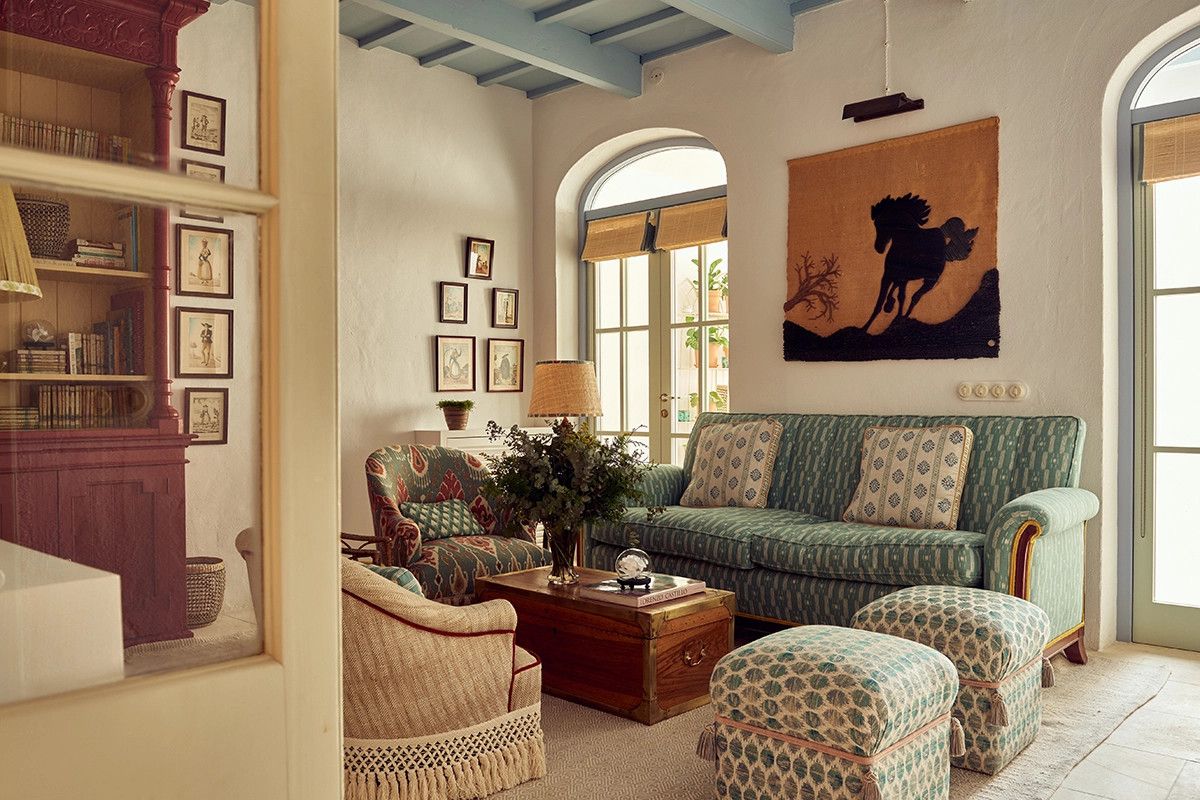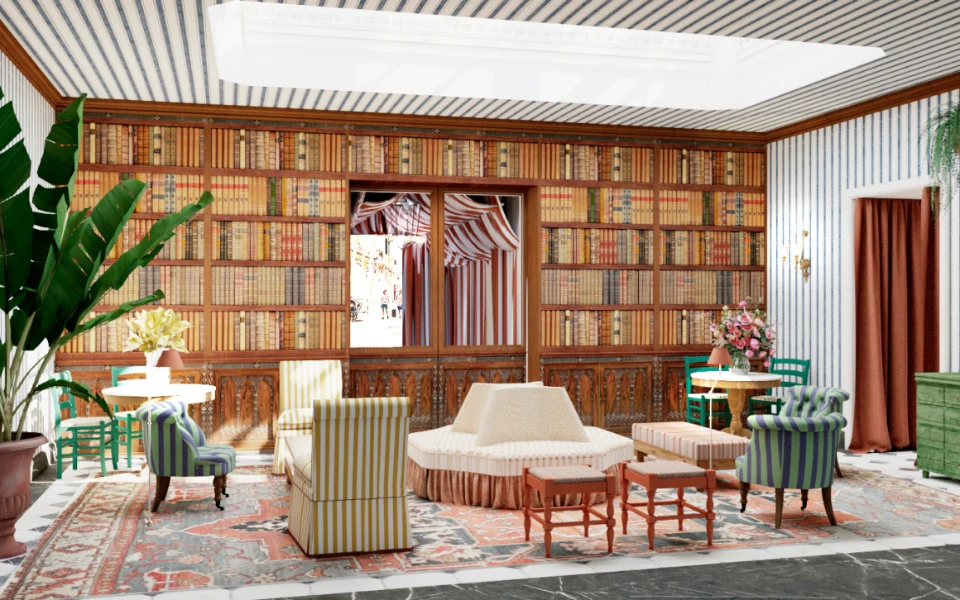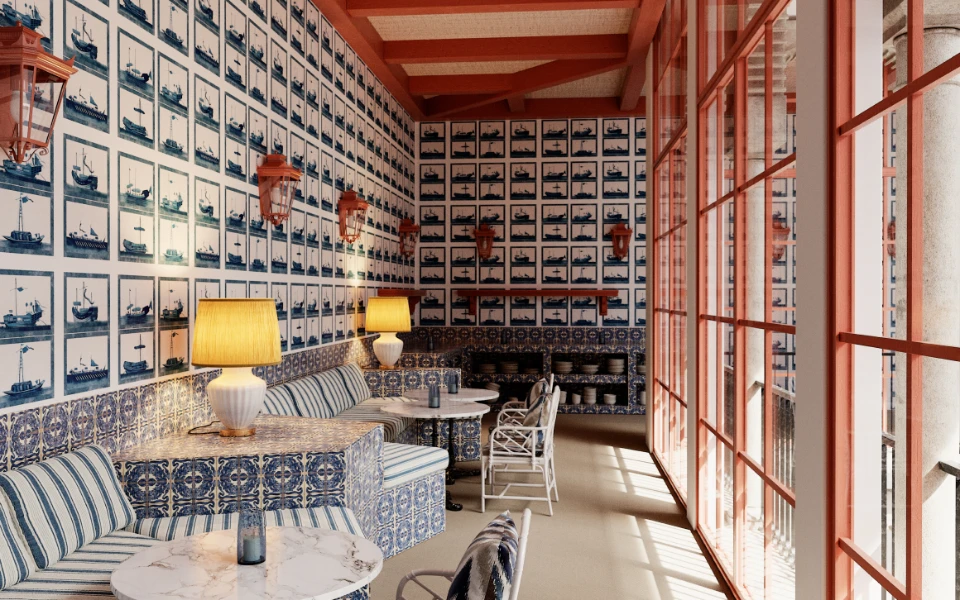Seville
Seville, the capital of Andalusia, is a city that embodies the essence of Spanish culture and history. Renowned for its rich artistic heritage, the city is a melting pot of Islamic, Christian, and Jewish influences, reflected in iconic landmarks such as the Alcázar, the Cathedral, and the Plaza de España.
In the artistic realm, Seville is the cradle of great traditions like flamenco, which is danced and sung in every corner of the city, from tablaos to the most popular festivals.
Sevillian cuisine is another of its great attractions. The city’s flavors combine the simplicity of local ingredients with Andalusian culinary traditions, featuring dishes like gazpacho, salmorejo, tapas, and, of course, pescaítos fritos (fried fish). The gastronomic experience is enriched by a vibrant culture of bars and taverns, where socializing is just as important as savoring the food.
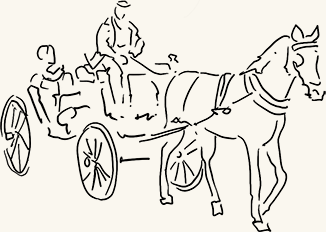
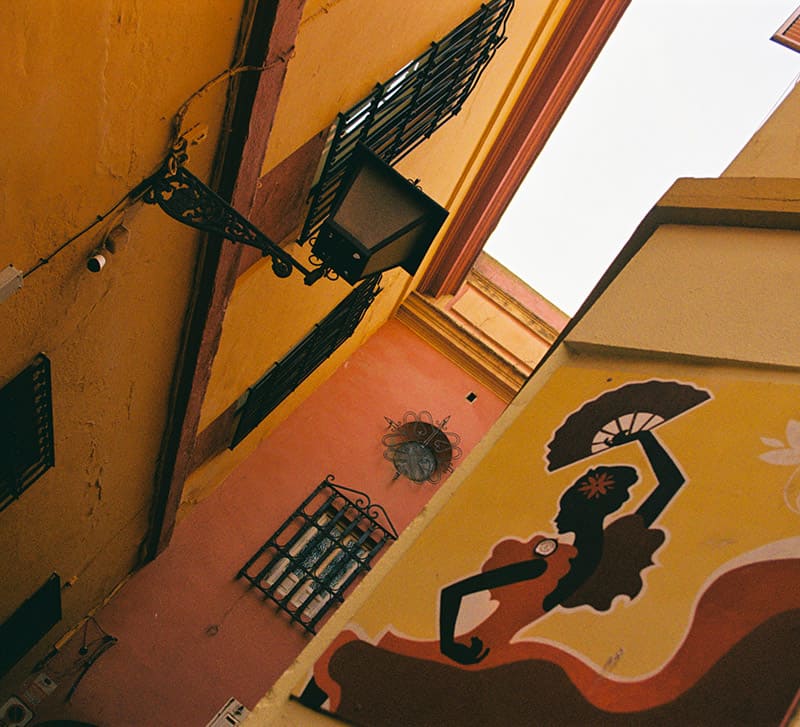
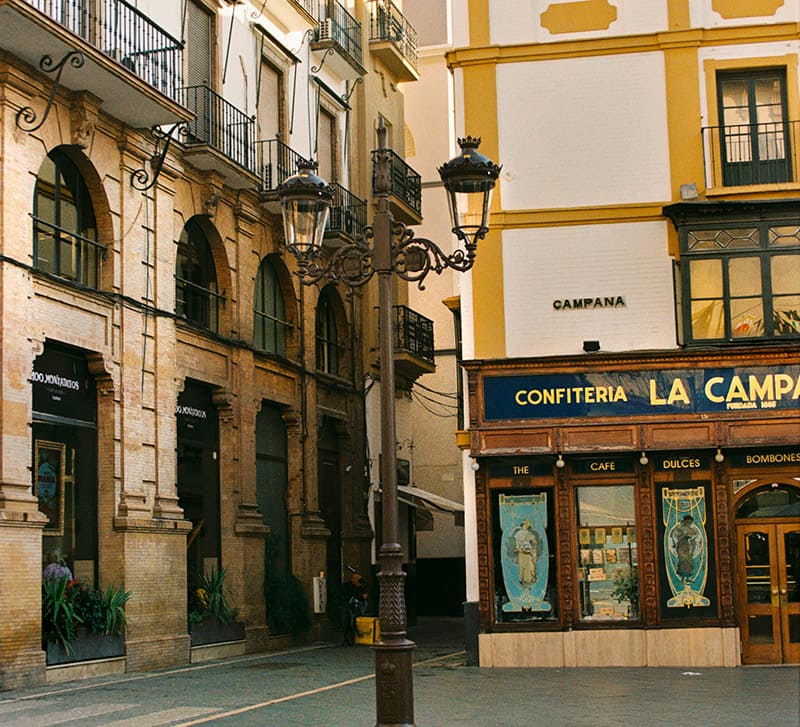
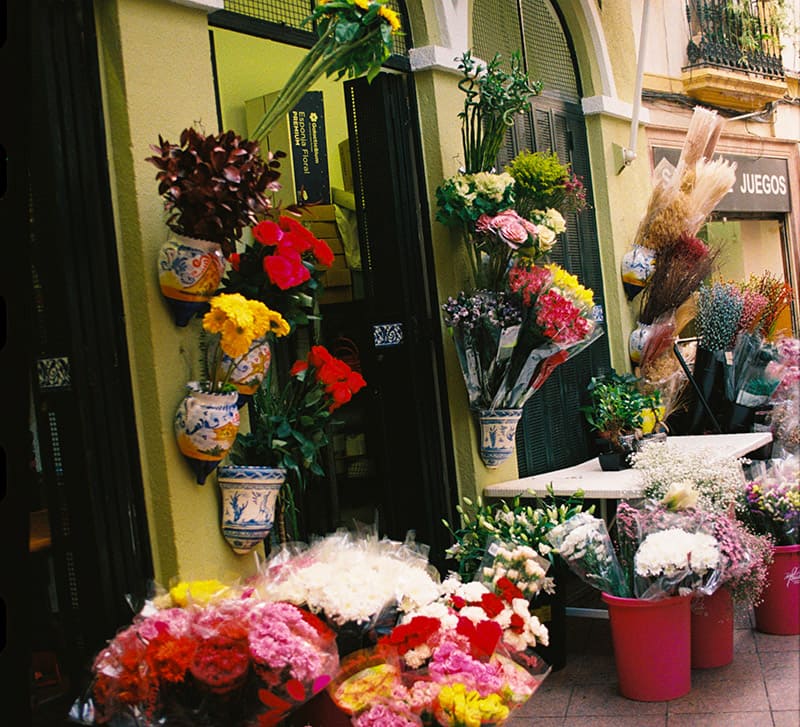
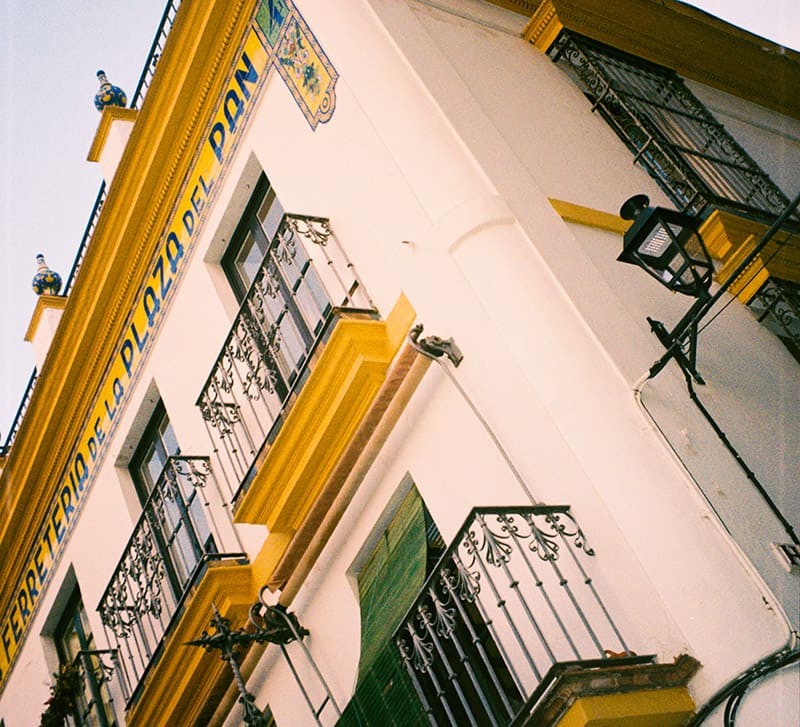
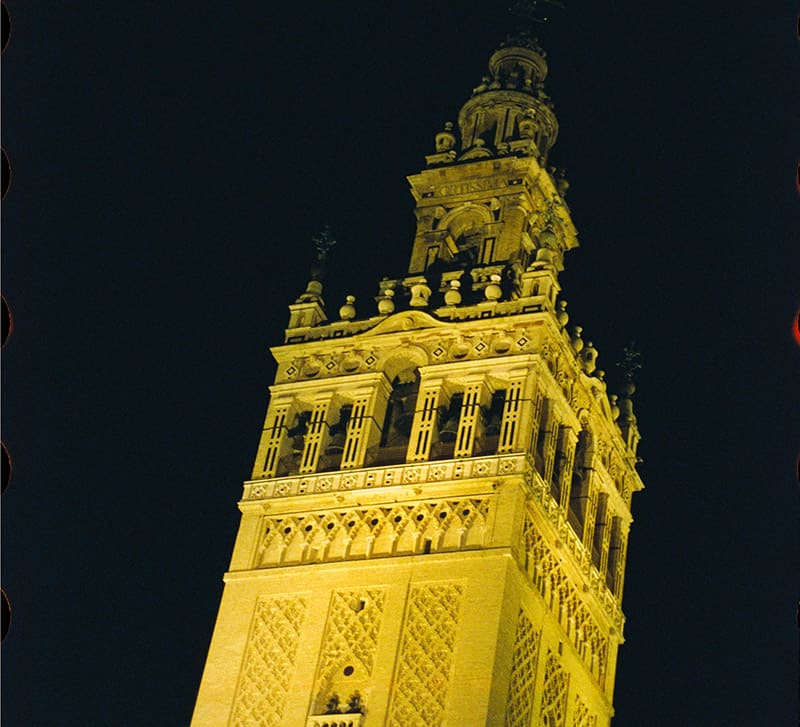
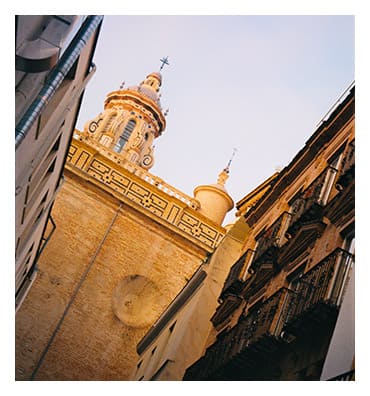
Seville

Seville, the capital of Andalusia, is a city that embodies the essence of Spanish culture and history. Renowned for its rich artistic heritage, the city is a melting pot of Islamic, Christian, and Jewish influences, reflected in iconic landmarks such as the Alcázar, the Cathedral, and the Plaza de España.
In the artistic realm, Seville is the cradle of great traditions like flamenco, which is danced and sung in every corner of the city, from tablaos to the most popular festivals.
Sevillian cuisine is another of its great attractions. The city’s flavors combine the simplicity of local ingredients with Andalusian culinary traditions, featuring dishes like gazpacho, salmorejo, tapas, and, of course, pescaítos fritos (fried fish). The gastronomic experience is enriched by a vibrant culture of bars and taverns, where socializing is just as important as savoring the food.

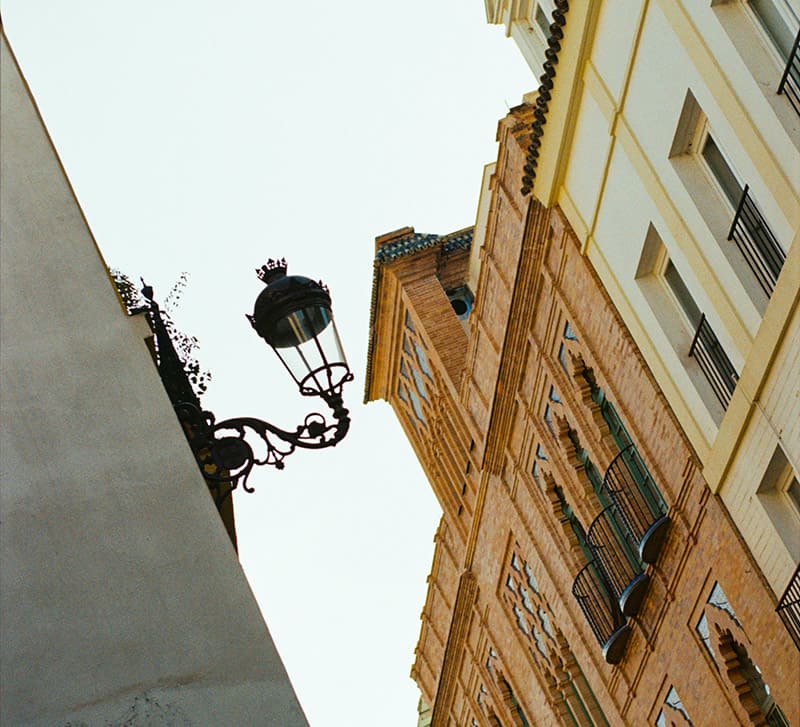
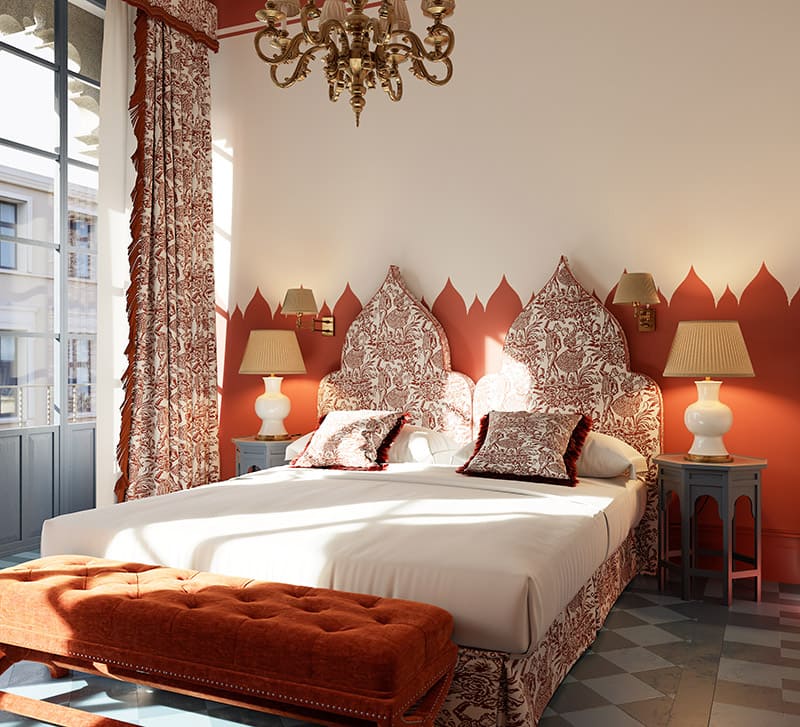
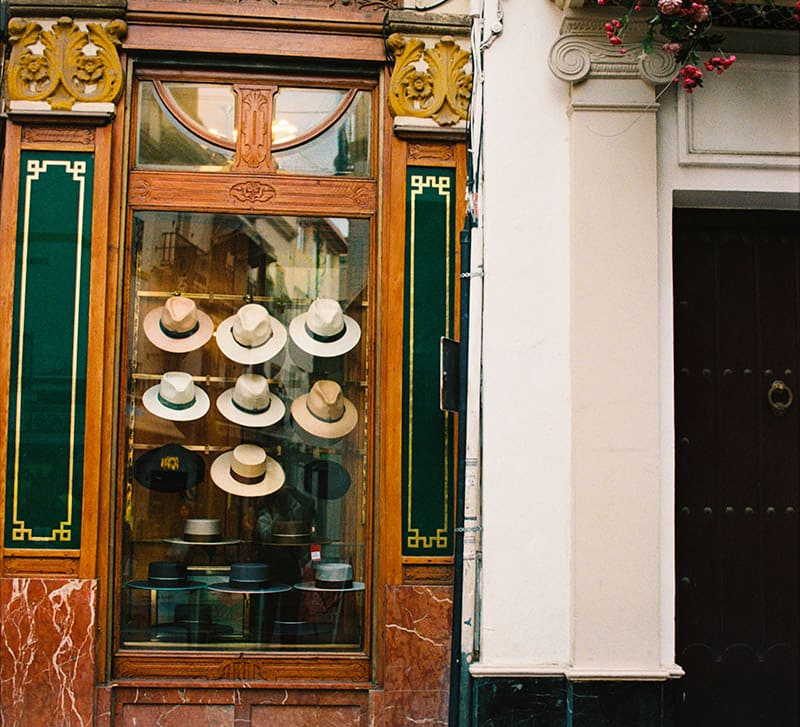
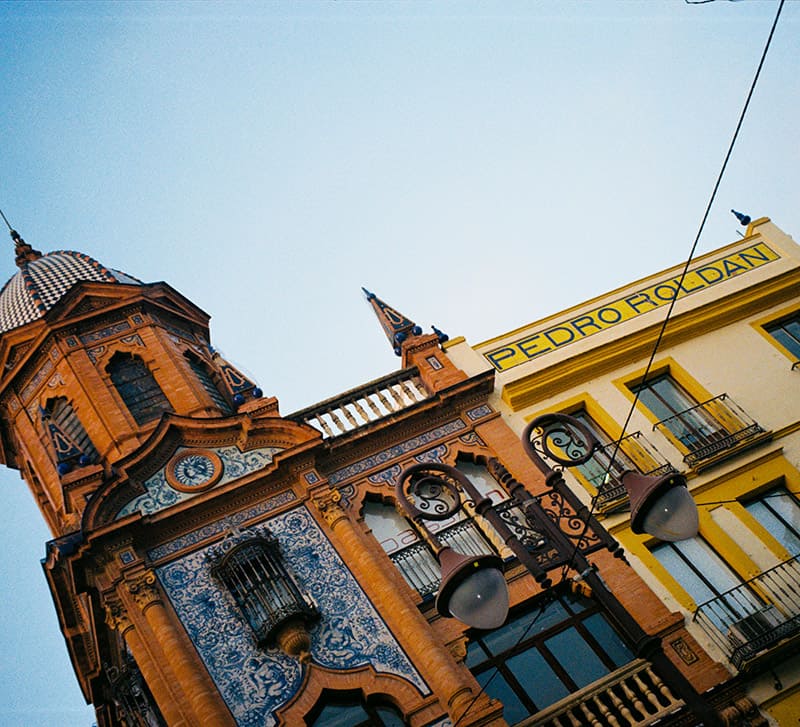
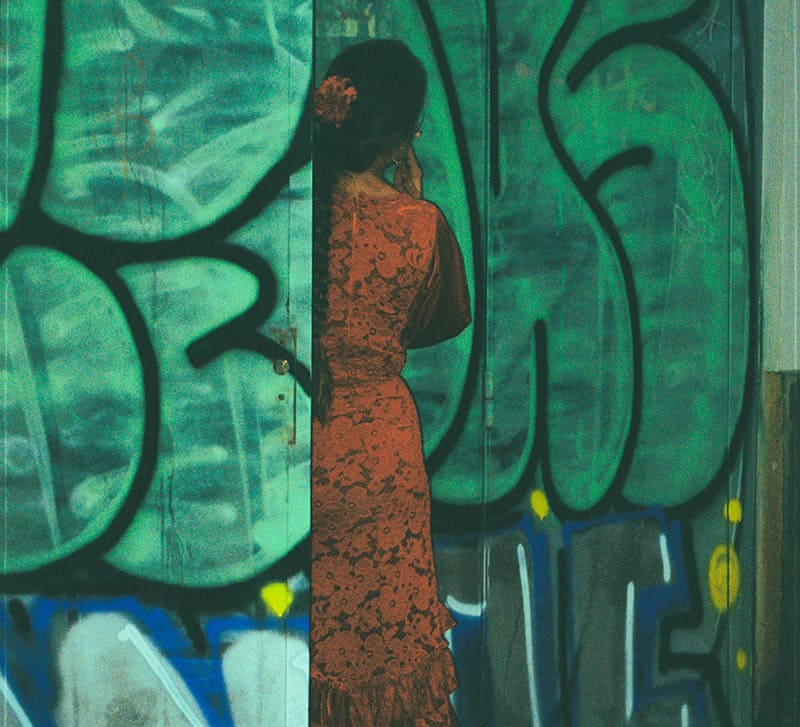
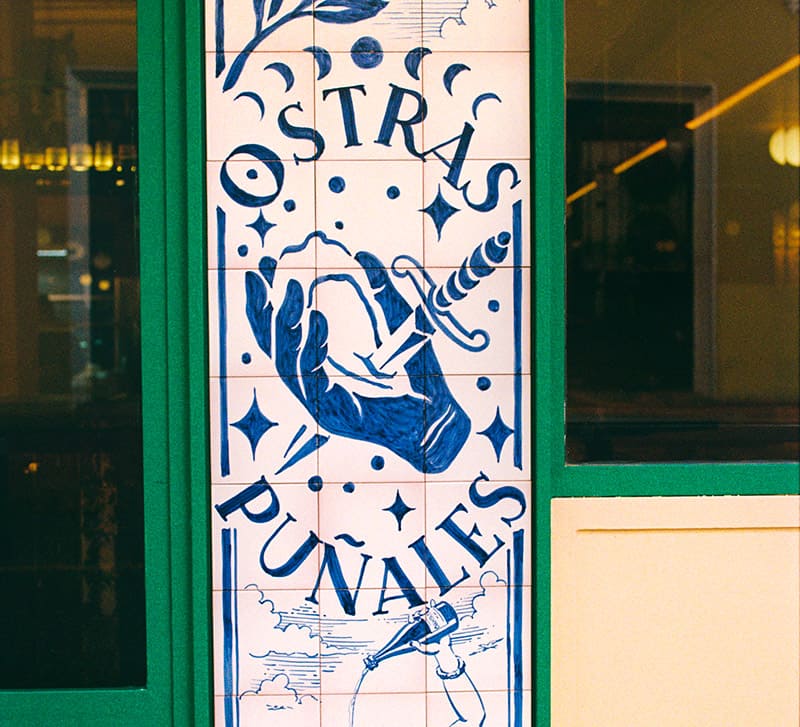
Cristine Bedfor Seville
On Trajano Street, a location closely associated with cultural and artistic activities, Cristine Bedfor welcomes guests in a neo-Mudéjar building. This structure is one of the masterpieces left behind by Aníbal González in Seville (the architect of the city’s Plaza de España). González built it on the site of the old Amor de Dios hospital, which was demolished in 1860, and the building has since always served as a scenic venue. In fact, it once housed the Lope de Rueda Theater, though it never achieved the popularity that the Lido variety theater later gained.
In the 19th century, it became the headquarters of the Royal Academy of Fine Arts. Manuel Real Montosa (1885–1969), an internationally renowned flamenco dancer and a true institution in Seville, had his flamenco dance academy here. Trajano Street is a long, almost straight thoroughfare stretching from Plaza del Duque de la Victoria to the Alameda de Hércules.
Diego Velázquez spent his childhood and began his artistic career in Seville’s historic center, surrounded by architectural elements and characters that inspired his early works. In the workshop of his mentor and father-in-law, Francisco Pacheco, the young painter captured everyday scenes of Sevillian life, as seen in his work Old Woman Frying Eggs (1618), currently in the National Gallery of Scotland.
Our project draws from Velázquez’s Sevillian period, his formative stage as an artist, and from his mentor Pacheco, who taught him to use earthy tones and draw inspiration from the natural landscapes of Doñana to the Sierra de Ronda—elements that have guided the palette of our spaces.
Moreover, the city of Seville, with streets like Sierpes and Tetuán, became a source of inspiration for his art, particularly in emblematic places such as La Campana, where he would recuperate after wandering through the very streets where he learned to paint in Pacheco’s workshop.
Cristine Bedfor Seville






On Trajano Street, a location closely associated with cultural and artistic activities, Cristine Bedfor welcomes guests in a neo-Mudéjar building. This structure is one of the masterpieces left behind by Aníbal González in Seville (the architect of the city’s Plaza de España). González built it on the site of the old Amor de Dios hospital, which was demolished in 1860, and the building has since always served as a scenic venue. In fact, it once housed the Lope de Rueda Theater, though it never achieved the popularity that the Lido variety theater later gained.
In the 19th century, it became the headquarters of the Royal Academy of Fine Arts. Manuel Real Montosa (1885–1969), an internationally renowned flamenco dancer and a true institution in Seville, had his flamenco dance academy here. Trajano Street is a long, almost straight thoroughfare stretching from Plaza del Duque de la Victoria to the Alameda de Hércules.
Diego Velázquez spent his childhood and began his artistic career in Seville’s historic center, surrounded by architectural elements and characters that inspired his early works. In the workshop of his mentor and father-in-law, Francisco Pacheco, the young painter captured everyday scenes of Sevillian life, as seen in his work Old Woman Frying Eggs (1618), currently in the National Gallery of Scotland.
Our project draws from Velázquez’s Sevillian period, his formative stage as an artist, and from his mentor Pacheco, who taught him to use earthy tones and draw inspiration from the natural landscapes of Doñana to the Sierra de Ronda—elements that have guided the palette of our spaces.
Moreover, the city of Seville, with streets like Sierpes and Tetuán, became a source of inspiration for his art, particularly in emblematic places such as La Campana, where he would recuperate after wandering through the very streets where he learned to paint in Pacheco’s workshop.


